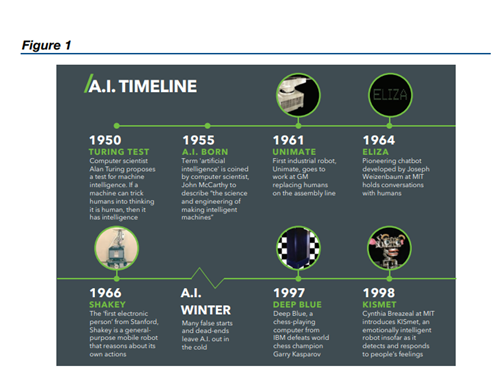e-Text Format Assessments

PRCVI now produces e-Text versions of the Literacy 10 and Literacy 12 assessment for registered students, available in the January, April, and June sessions. e-Text files represent an important addition to the alternate format assessments for visually impaired students writing the Graduation assessments as they enable students who use screen reading software and/or refreshable braille displays to access assessment content in a digital format.
If students and Teachers of Students with Visual Impairments (TSVIs) are considering the e-Text alternate format option for Literacy 10 or 12, they should first explore the samples of both assessments that are available for download on ARC-BC.
Sample assessments are in .DOCX and tactile supplements can be produced from the included .PDFs. Please contact the PRCVI Alternate Formats Production team if you encounter any difficulties in producing the sample tactile supplement.
Please Note: Numeracy 10 is not currently available in e-Text format. Reliable rendering of math and technical content in audio and refreshable Unified English Braille (UEB) output is not yet available. PRCVI hopes to be able add Numeracy 10 to e-Text formatting options in the future.
e-Text Formatting - Sample
Simplified, linear layout without complicated formatting or visual clutter.
The e-Text format removes spatial formatting from the document (e.g., text boxes, sidebars), allowing the student using screen reading software to process the content linearly. Visual formatting is removed and replaced with nested tagging. Please see below for an example:
Original PDF Version - Literacy 12 Sample
e-Text Version - Literacy 12 Sample
Figure 1
>A.I. TIMELINE
BEGIN PRODUCER'S NOTE:
A continuous horizontal line extends above the following points, with the exception of above "A.I. WINTER" where the line is jagged.
Please refer to tactile supplement (print page 3) for the diagram.
END PRODUCER'S NOTE.
BEGIN LIST:
1950 TURING TEST Computer scientist Alan Turing proposes a test for machine intelligence. If a machine can trick humans into thinking it is human, then it has intelligence
1955 A.I. BORN Term 'artificial intelligence' is coined by computer scientist, John McCarthy to describe “the science and engineering of making intelligent machines”
1961 UNIMATE First industrial robot, Unimate, goes to work at GM replacing humans on the assembly line
1964 ELIZA Pioneering chatbot developed by Joseph Weizenbaum at MIT holds conversations with humans
1966 SHAKEY The ‘first electronic person’ from Stanford, Shakey is a general-purpose mobile robot that reasons about its own actions
A.I. WINTER Many false starts and dead-ends leave A.I. out in the cold
1997 DEEP BLUE Deep Blue, a chess-playing computer from IBM defeats world chess champion Garry Kasparov
1998 KISMET Cynthia Breazeal at MIT introduces KISmet, an emotionally intelligent robot insofar as it detects and responds to people’s feelings
END LIST.
Quicklinks